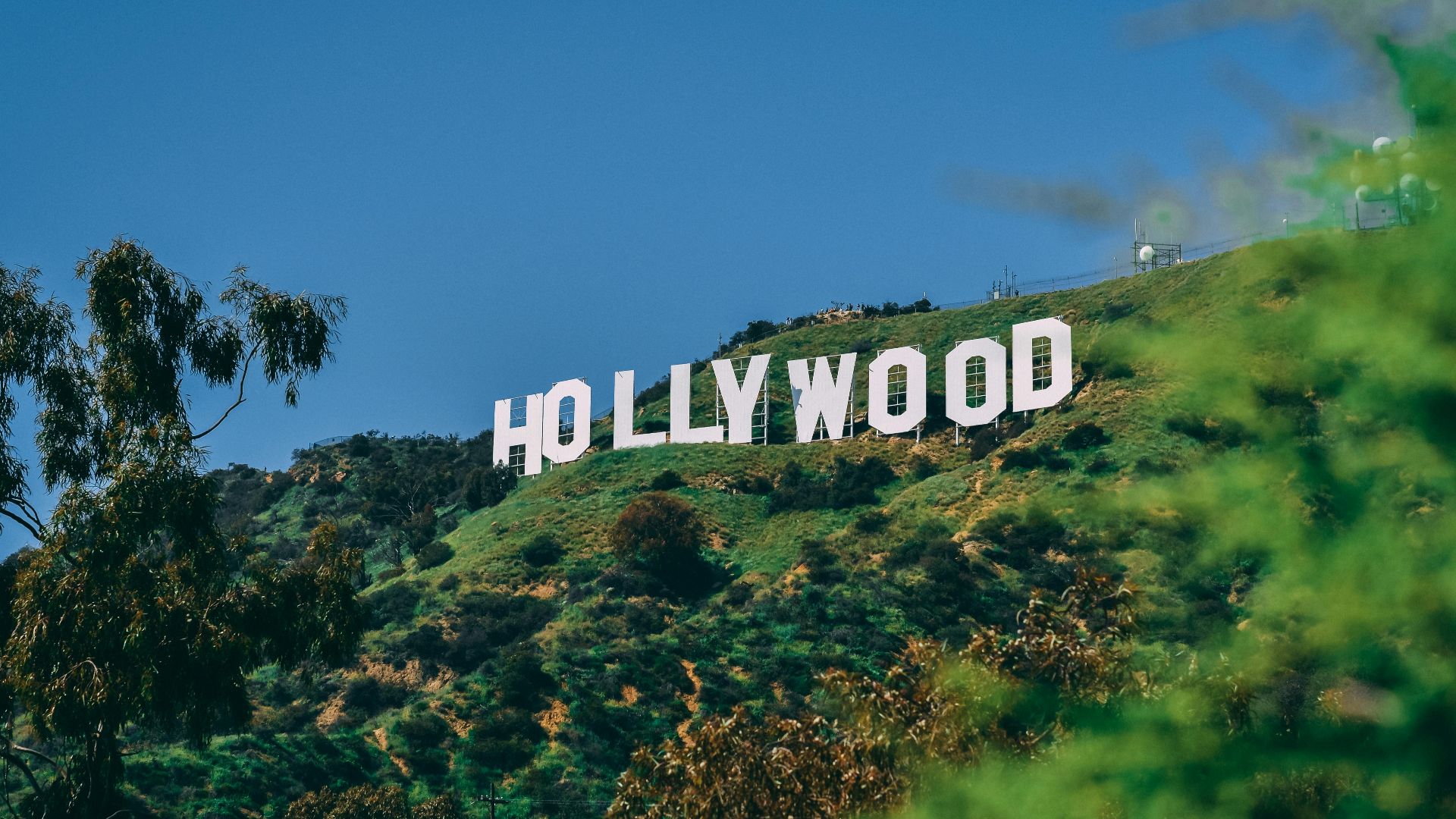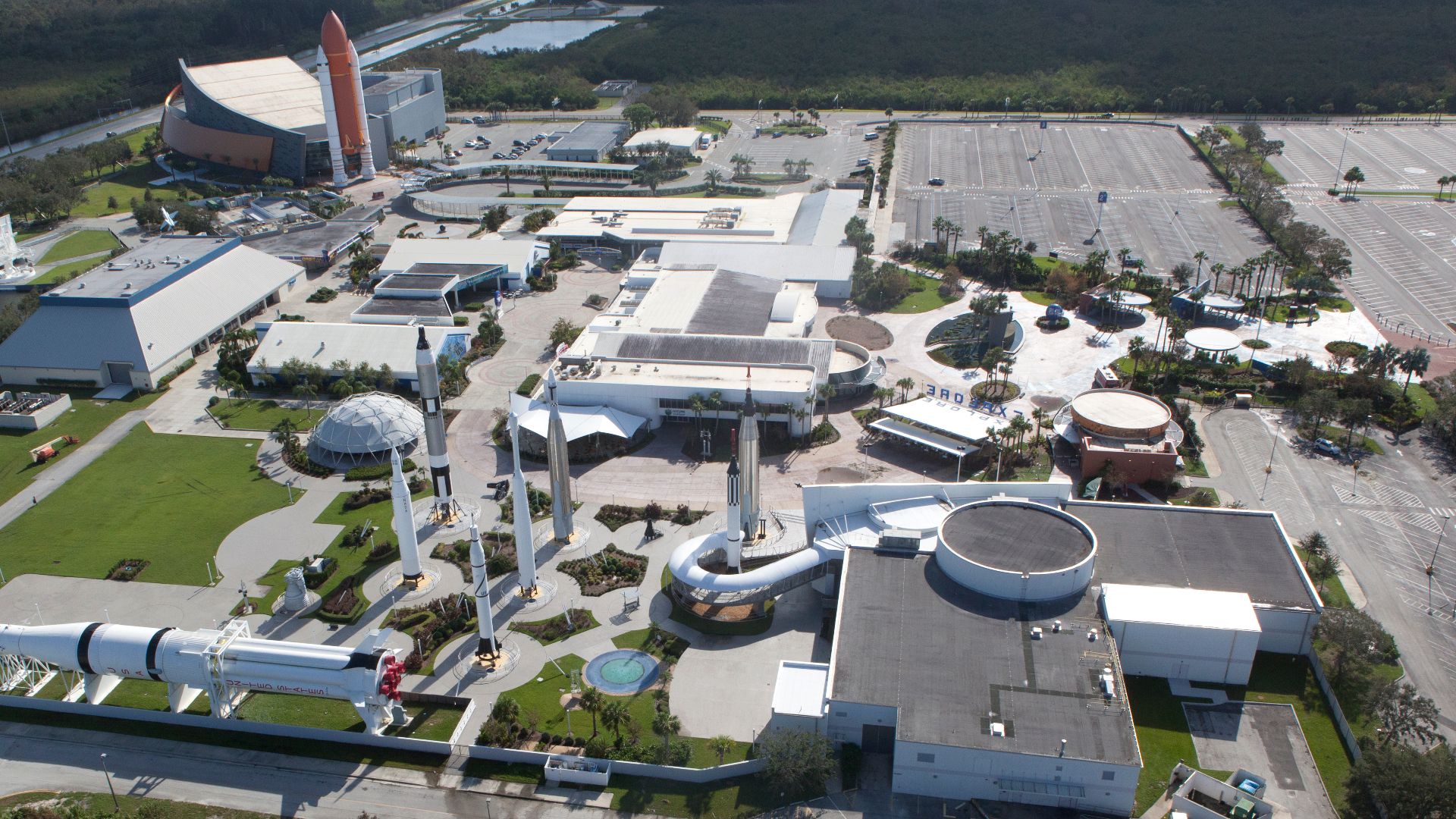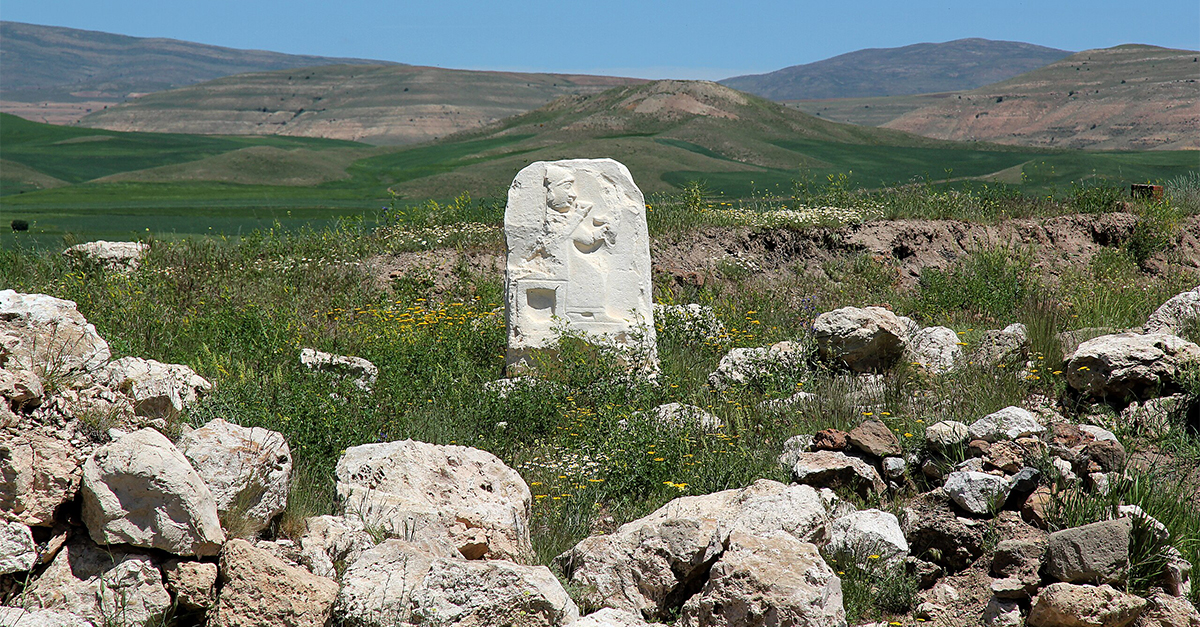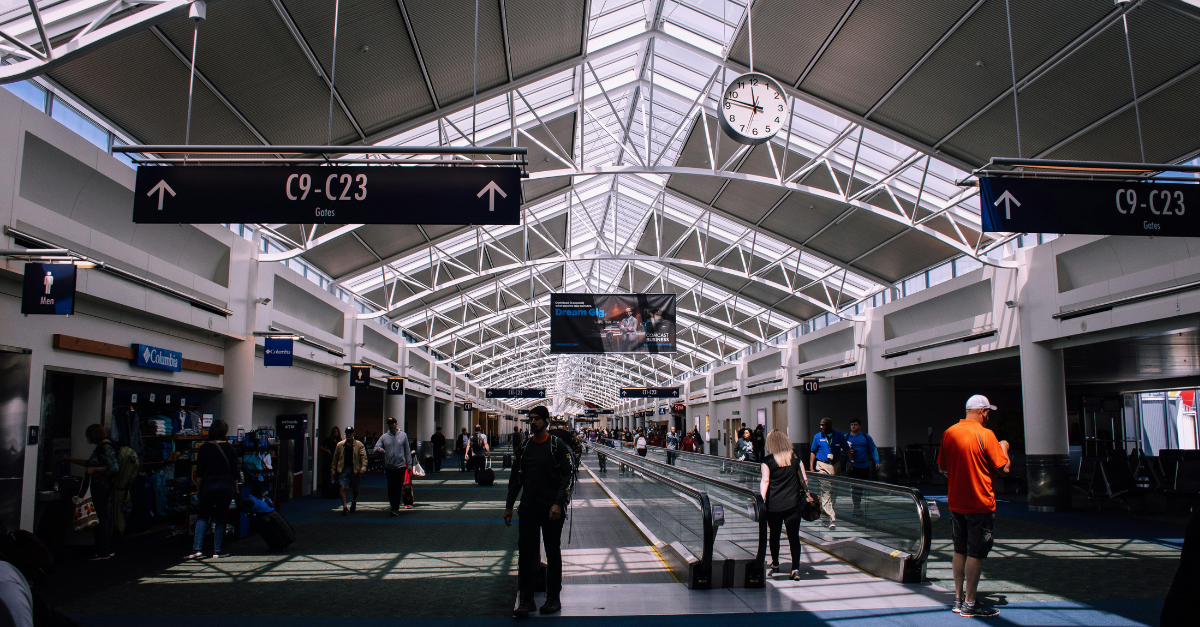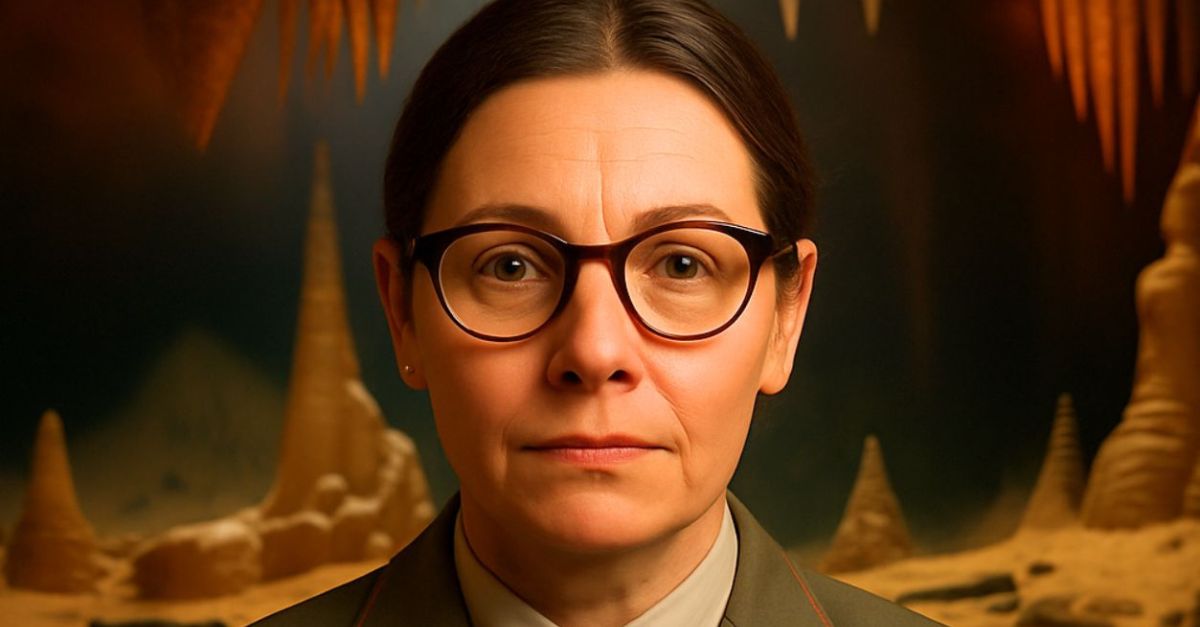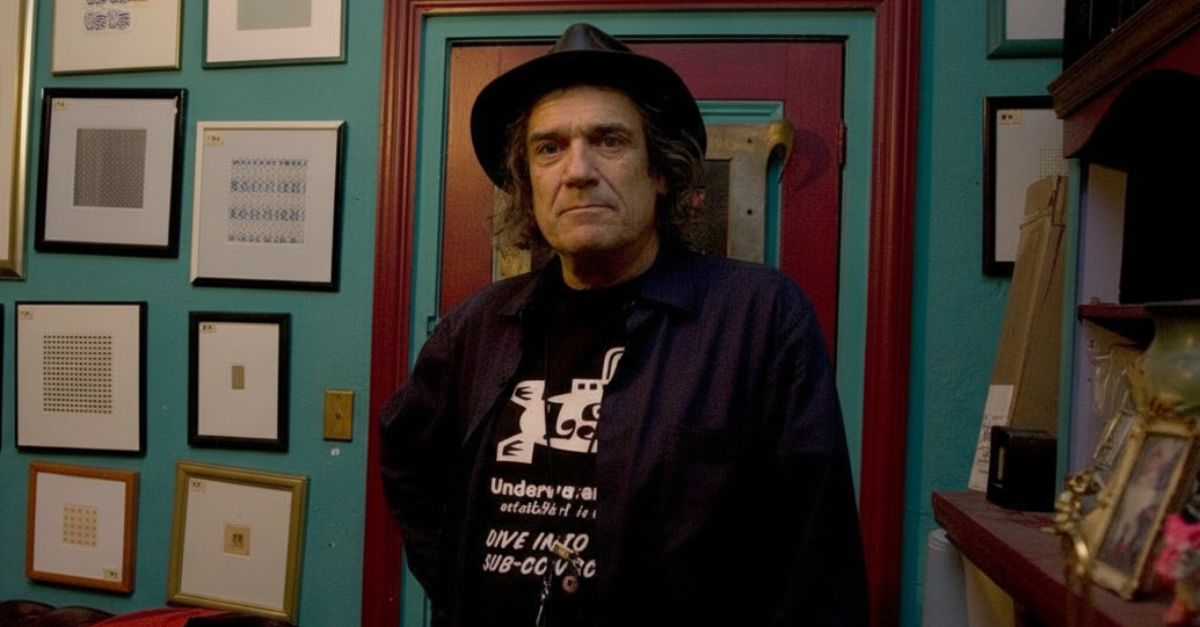The Stories That Pretty Photos Never Tell You
It’s wild how a landmark can feel like a dream you’ve seen many times until reality shatters the beautiful image. The glow fades when you see the real version.
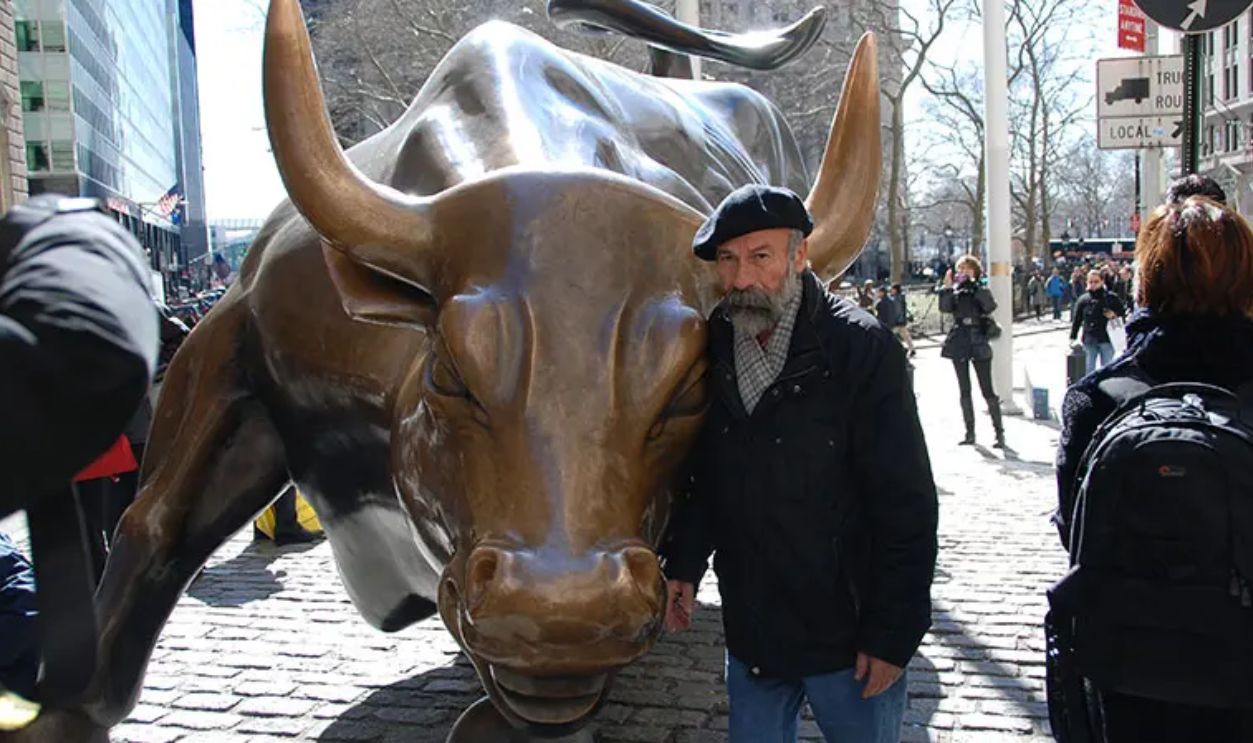
Hollywood Sign
Up close, the Hollywood Sign feels far less glamorous than photos suggest. Visitors often learn they can’t walk directly to the letters, which are heavily fenced off and monitored. The scrubby terrain and distant viewpoints make the iconic symbol feel far more remote and rugged than expected.
Times Square
Times Square’s photos spotlight brilliant lights and cinematic energy, but the real experience includes loud commercial displays and packed sidewalks. Instead of a glamorous New York moment, many visitors discover an overstimulating, highly commercial space dominated by towering ads competing for attention.
Plymouth Rock
It is often imagined as a massive historic boulder, yet the real stone is surprisingly small and visually unimpressive. Plymouth Rock sits protected beneath a memorial canopy and bears a carved “1620,” added centuries later. Many visitors are startled by how little the landmark resembles the grand symbol they expected.
The Alamo
The famous facade suggests a monumental fortress, but visitors say that it’s modest in scale and surrounded by modern San Antonio development. Photos rarely reveal the tight urban setting and the absence of its original compound. What survives today represents only a fragment of the historic mission complex.
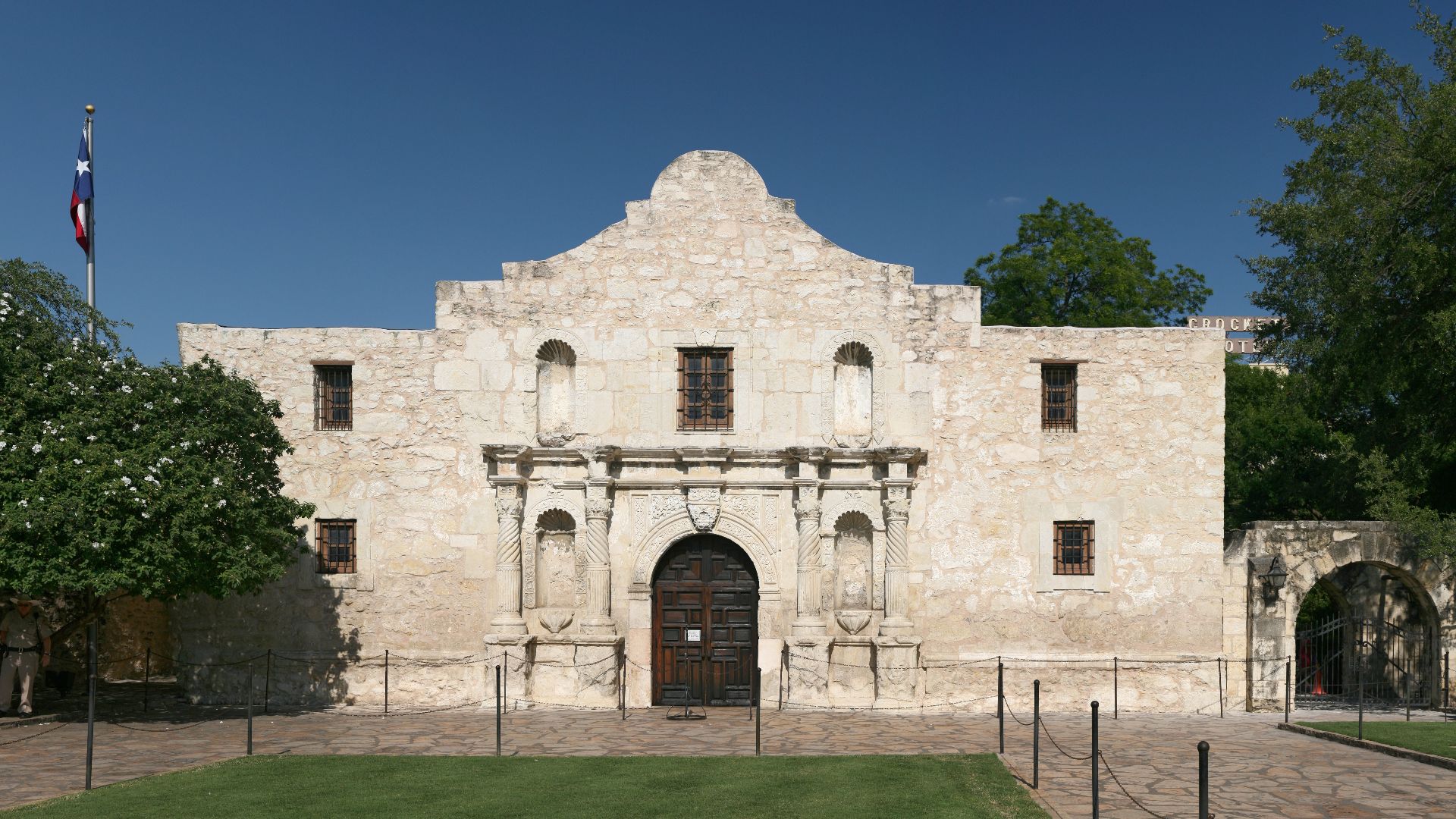 Daniel Schwen, Wikimedia Commons
Daniel Schwen, Wikimedia Commons
Space Needle
The Space Needle appears sleek and futuristic in images, yet the ground-level experience feels more commercial and heavily touristed. Long lines and surrounding buildings change the atmosphere. Many also find the observation deck smaller than anticipated, with views affected by Seattle’s frequent fog and cloudy weather.
Four Corners Monument
Maps make the Four Corners Monument seem grand, but the actual site is just a small concrete marker set in a remote desert region. Nearby vendor stalls contrast with promotional images, and many travelers are surprised by how minimal and isolated the experience feels despite its geographic significance.
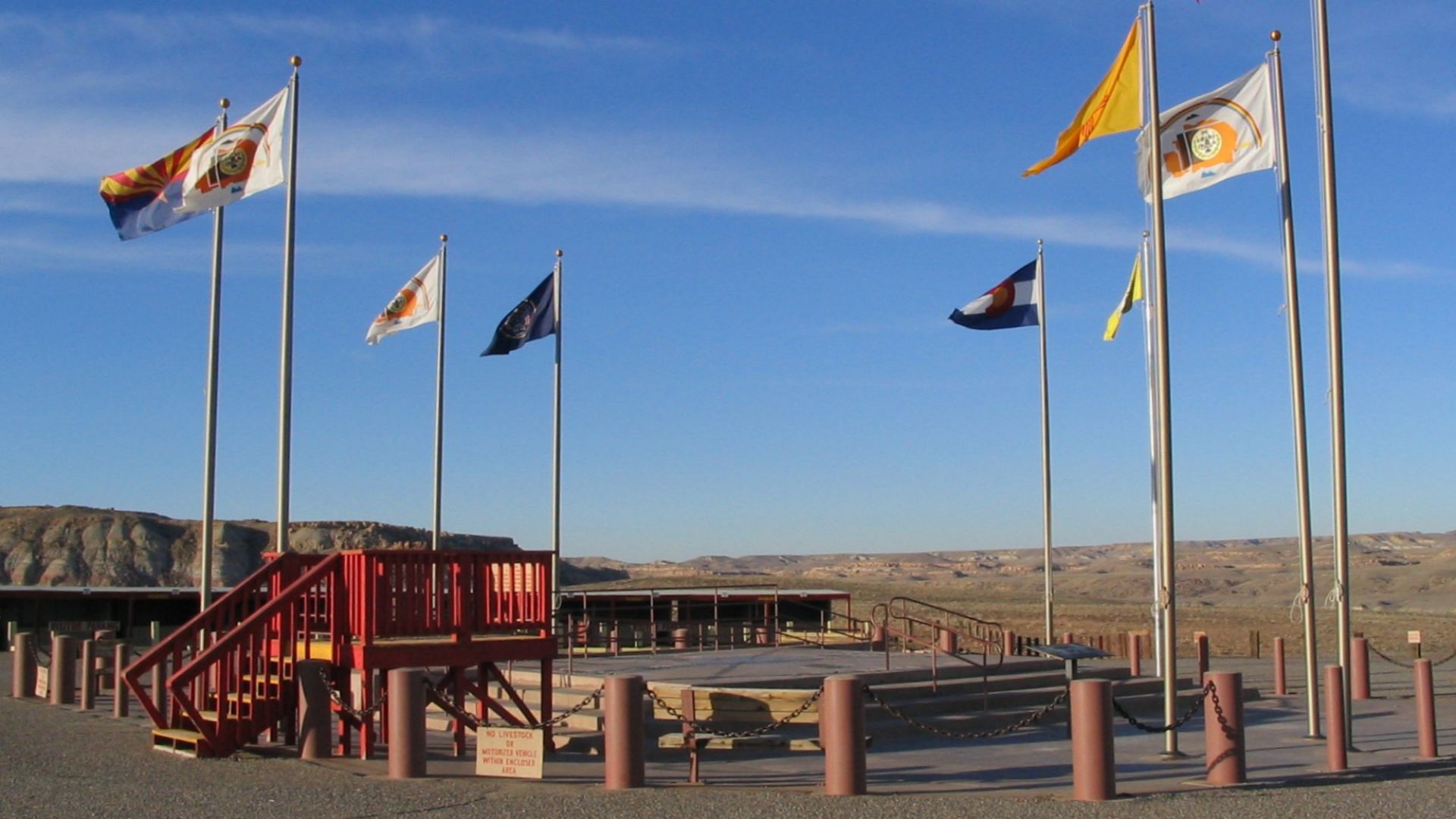 Ken Lund from Las Vegas, Nevada, USA, Wikimedia Commons
Ken Lund from Las Vegas, Nevada, USA, Wikimedia Commons
Gateway Arch
Photos capture the Gateway Arch boldly. The reality? Inside is surprisingly cramped. The tiny tram pods feel more like vintage capsules than modern transport, and the viewing windows are narrower than expected. Outside, visitors often discover that the monument’s base sits farther from the riverfront.
 Dennis Sparks, Wikimedia Commons
Dennis Sparks, Wikimedia Commons
Hollywood Walk Of Fame
The Walk of Fame sounds glamorous, sure. However, the street itself is pure everyday Hollywood. Cracked stars and clusters of tourists create nonstop motion. Instead of a polished celebrity showcase, most visitors experience a crowded avenue that feels more like a bustling city sidewalk than a red-carpet moment.
Grand Canyon Skywalk
Promotional images rarely match the real Skywalk. The platform feels compact, and reaching it requires dealing with strict rules. Photography limits add pressure, and steep unexpected fees catch many by surprise. The canyon still looks extraordinary, but the highly controlled setup creates an experience that feels removed from what visitors expect.
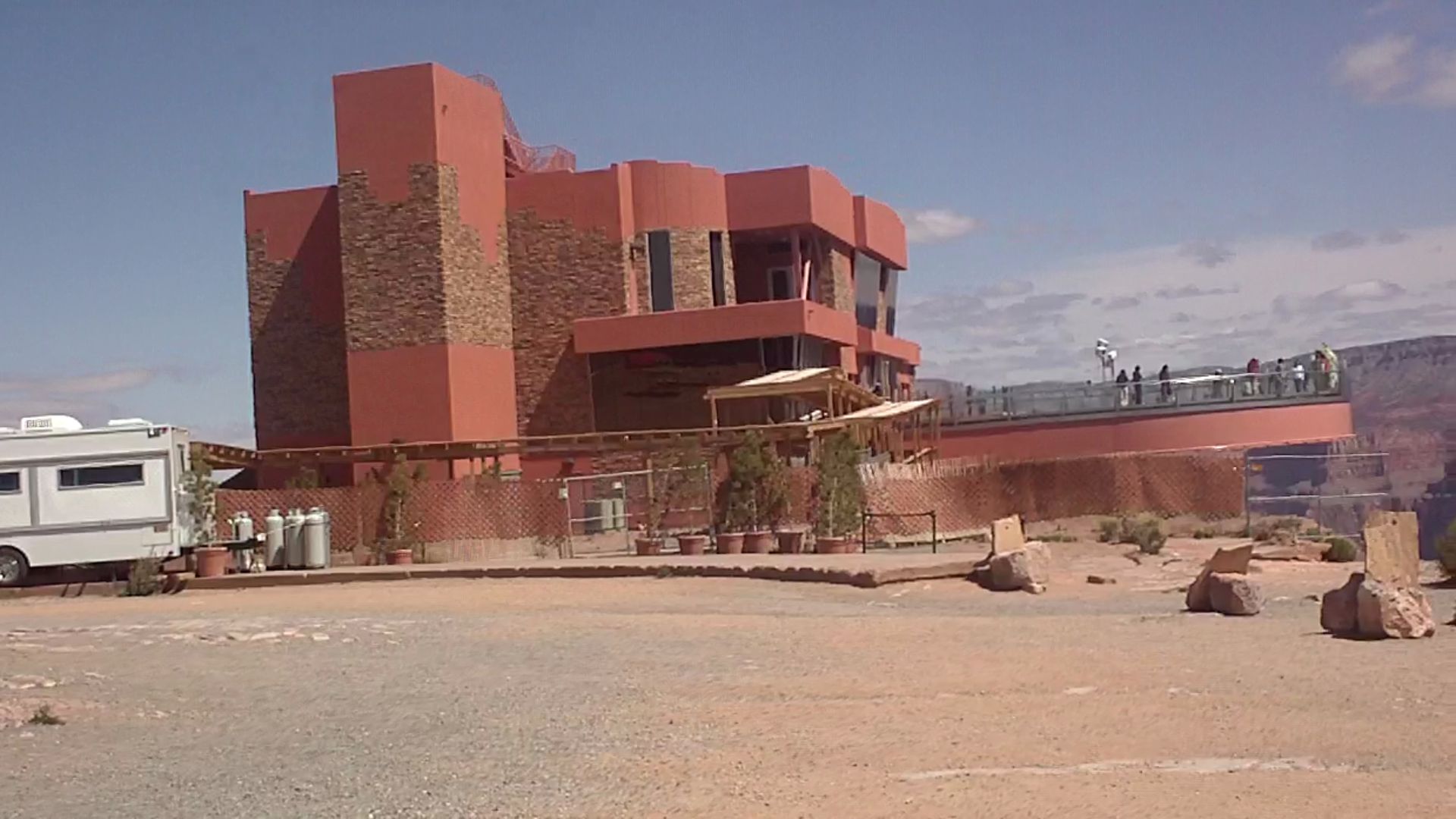 User: (WT-shared) Ypsilonatshared at wts wikivoyage, Wikimedia Commons
User: (WT-shared) Ypsilonatshared at wts wikivoyage, Wikimedia Commons
Niagara Falls (US Side)
Many travelers imagine sweeping, postcard views at Niagara Falls; unfortunately, that’s not the case, especially on the US side, which offers more fragmented sightlines. Fencing, walkways, and angled platforms shape the perspective, and Canada’s side usually gets the iconic shot. Still, the roar is unforgettable.
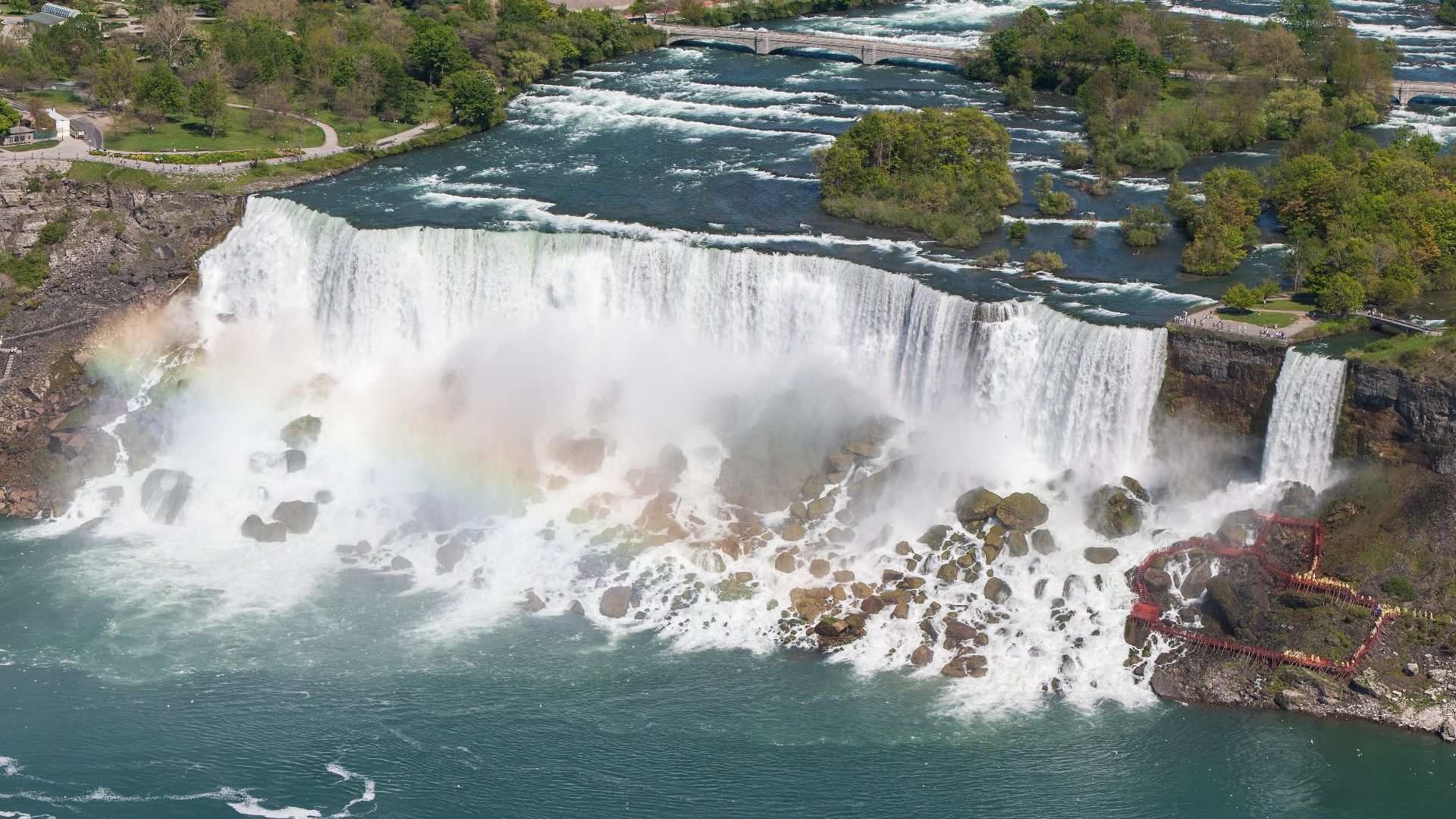 Robert F. Tobler, Wikimedia Commons
Robert F. Tobler, Wikimedia Commons
Lombard Street
Lombard Street looks peaceful in photos, but real-life traffic tells another story. It's overcrowded by tourists daily. Although the curves remain charming, the constant activity and narrow sidewalks remind visitors that this postcard scene is also a functioning neighborhood street.
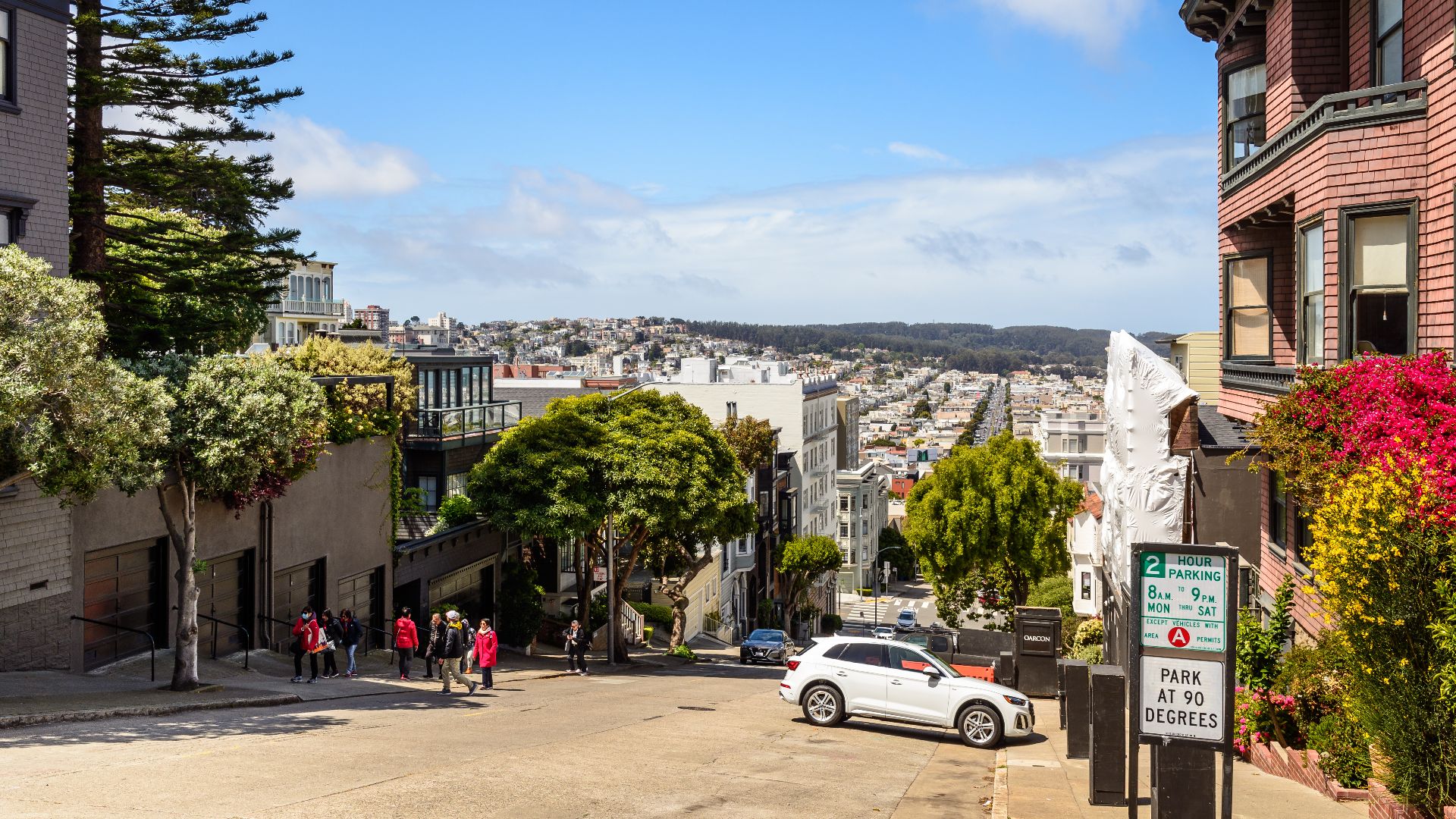 dconvertini, Wikimedia Commons
dconvertini, Wikimedia Commons
Cloud Gate “The Bean”
In pictures, this place always looks flawless, but on-site, crowds give it a different vibe. The ongoing construction barriers sometimes shift access, too. Even so, standing beneath its mirrored curve delivers a playful experience if you are able to get one while working the crowd smartly.
 Willian Justen de Vasconcellos, Pexels
Willian Justen de Vasconcellos, Pexels
Statue Of Liberty
Seeing it online makes the trip seem effortless. Sadly, the journey involves ferries, security, and timed passes. The statue is also smaller up close than many expect. Despite that, the island’s windswept setting adds a sense of history that photos rarely convey.
Mall Of America
Even though it appears airy and futuristic in marketing images, inside it feels more like a bustling maze. Noise from rides, combined with constant shopper movement, can be disorienting. Still, that overwhelming scale is part of what makes the experience feel uniquely American.
 Tyler Vigen, Wikimedia Commons
Tyler Vigen, Wikimedia Commons
Biltmore Estate
Guests follow timed schedules and designated walking routes while shuttles cycle nonstop. It’s also one of America’s largest privately owned homes, a fact that becomes obvious only once you’re wandering its enormous footprint. Marketing images give the Biltmore a peaceful, slow-paced feel, though the real visit is tightly organized.
 Francisco Cornellana Castells, Pexels
Francisco Cornellana Castells, Pexels
Hoover Dam
Most people expect Hoover Dam to look exactly like the flawless images online, but the in-person experience feels more industrial. The desert heat bounces off the concrete, and railings limit certain angles. The dam’s curved design alone required groundbreaking engineering that had never been attempted before.
Washington Monument
It’s easy to assume the Washington Monument is a quick stop, but the process is more involved. Timed tickets and security scans shape how you move through the space. The upper windows give narrow city views. Remarkably, the monument sways slightly in strong winds—engineered flexibility built into its design.
Mount Vernon
Mount Vernon also serves as a bustling historic site, with tour groups, educational programs, and roped-off rooms. Not the images focus on the mansion’s elegance. Modern visitor infrastructure and exhibit areas contrast with its idyllic portrayals. The grounds remain beautiful, though less intimate than the photos suggest.
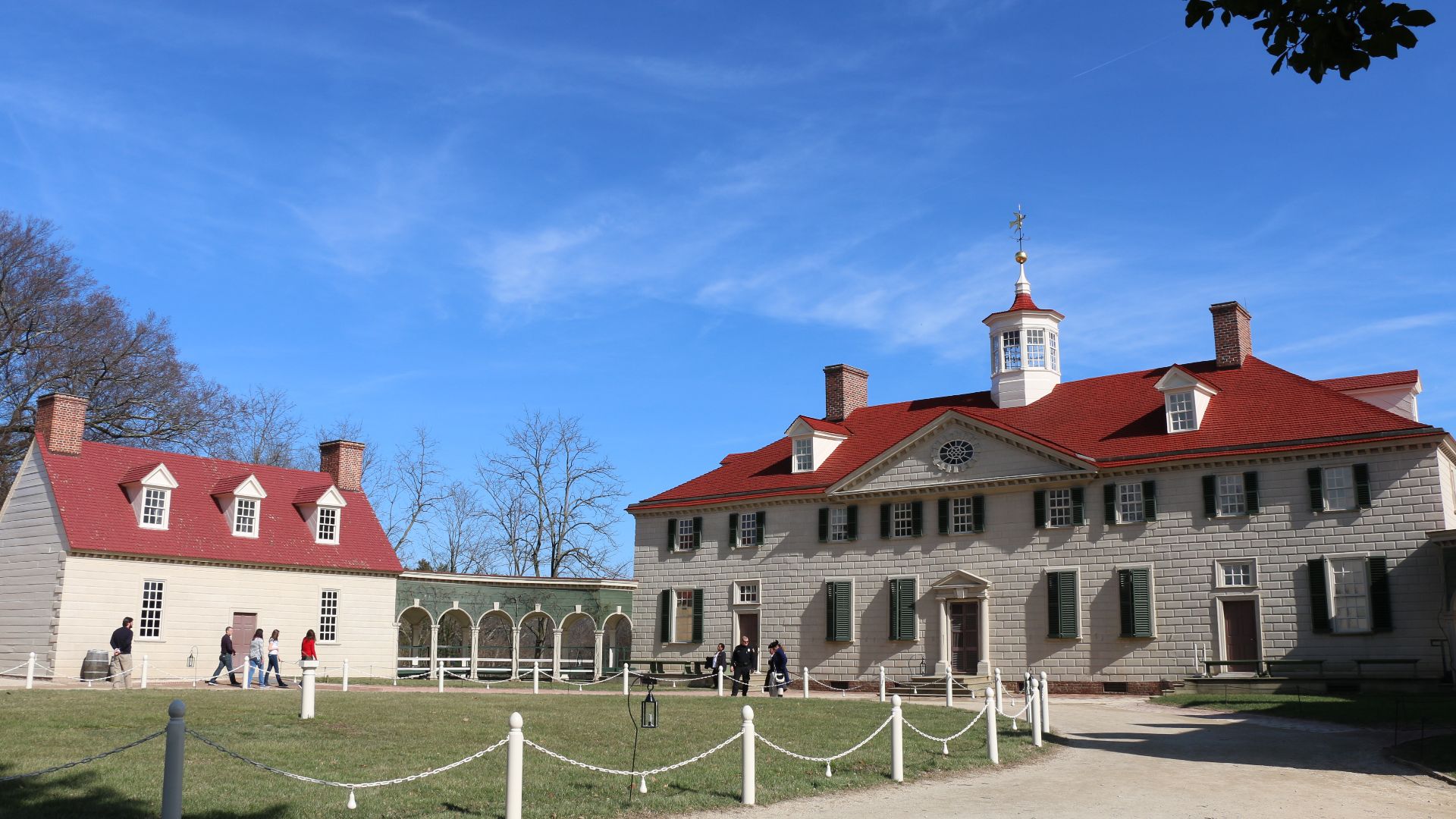 Anita Mishra, Wikimedia Commons
Anita Mishra, Wikimedia Commons
Fisherman’s Wharf
This place’s real experience is commercial. Street performers will be on every corner showcasing their talent. Many visitors are also surprised to find that the best bay views are obstructed by buildings and boats, creating a much busier atmosphere than the photos suggest.
 Gregory Varnum, Wikimedia Commons
Gregory Varnum, Wikimedia Commons
Kennedy Space Center
The Kennedy Space Center looks like a futuristic complex in promotional photos, but on-site? It feels more like a sprawling educational campus. Bus tours contrast with the high-tech imagery. Exhibits are fascinating but far more structured and museum-like than pictures imply.
Roswell UFO Museum
This museum keeps things surprisingly low-key, even though marketing photos hint at sleek alien technology and dramatic lighting. Displays are basic, and the presentation leans more quirky than spooky. Visitors imagining movie-style UFO sets may end up disappointed if they rely solely on online images.
Liberty Bell
The Liberty Bell looks spaciously displayed in pictures, but in reality, the exhibit feels tight and crowded. Visitors queue through security to enter a narrow pavilion and find barriers surrounding the bell. Its scale is smaller than imagined, and the surrounding buildings break from the colonial atmosphere that people expect.
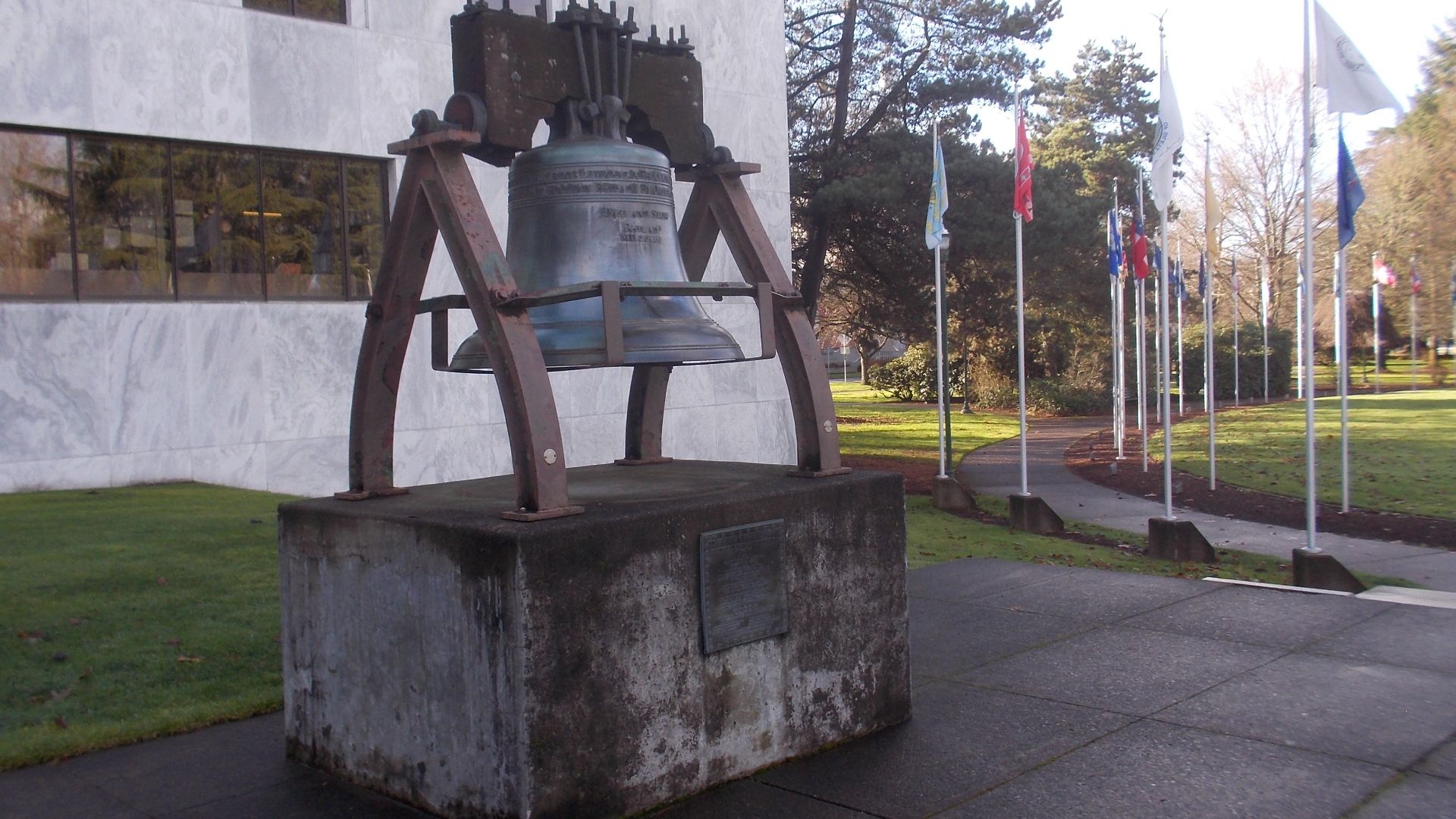 Kingofthedead, Wikimedia Commons
Kingofthedead, Wikimedia Commons
Charging Bull
It sits tightly against crowded New York streets, surrounded by tourists and constant photo lines. Barriers or police presence sometimes alter the setup. The bronze sculpture remains impressive, sure, but the cramped urban environment is far different from the bold, isolated images online.
 Karlis Dambrans from Latvia, Wikimedia Commons
Karlis Dambrans from Latvia, Wikimedia Commons
St Louis Cathedral
In reality, St Louis Cathedral sits at the busy heart of Jackson Square, surrounded by street performers, vendors, and constant activity. The lively French Quarter surroundings contrast with the tranquil photos, which makes the setting feel more chaotic than expected.
Salvation Mountain
Salvation Mountain’s photos highlight bright colors and a clean desert backdrop, yet the site shows signs of ongoing repairs. Its remote location adds dust and rough terrain to the experience. The art remains striking, though far less polished than online images suggest.
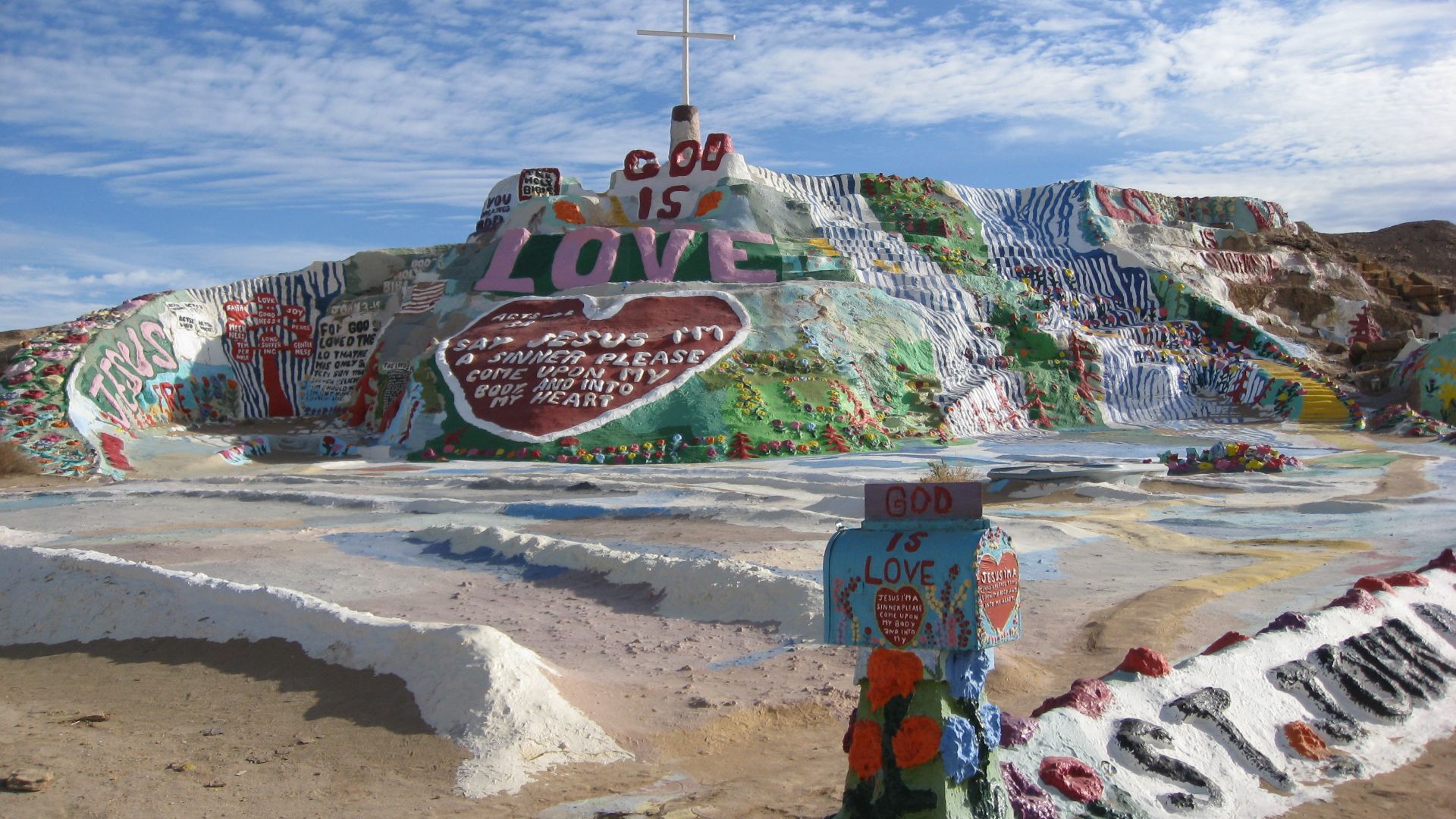 taylorandayumi, Wikimedia Commons
taylorandayumi, Wikimedia Commons


